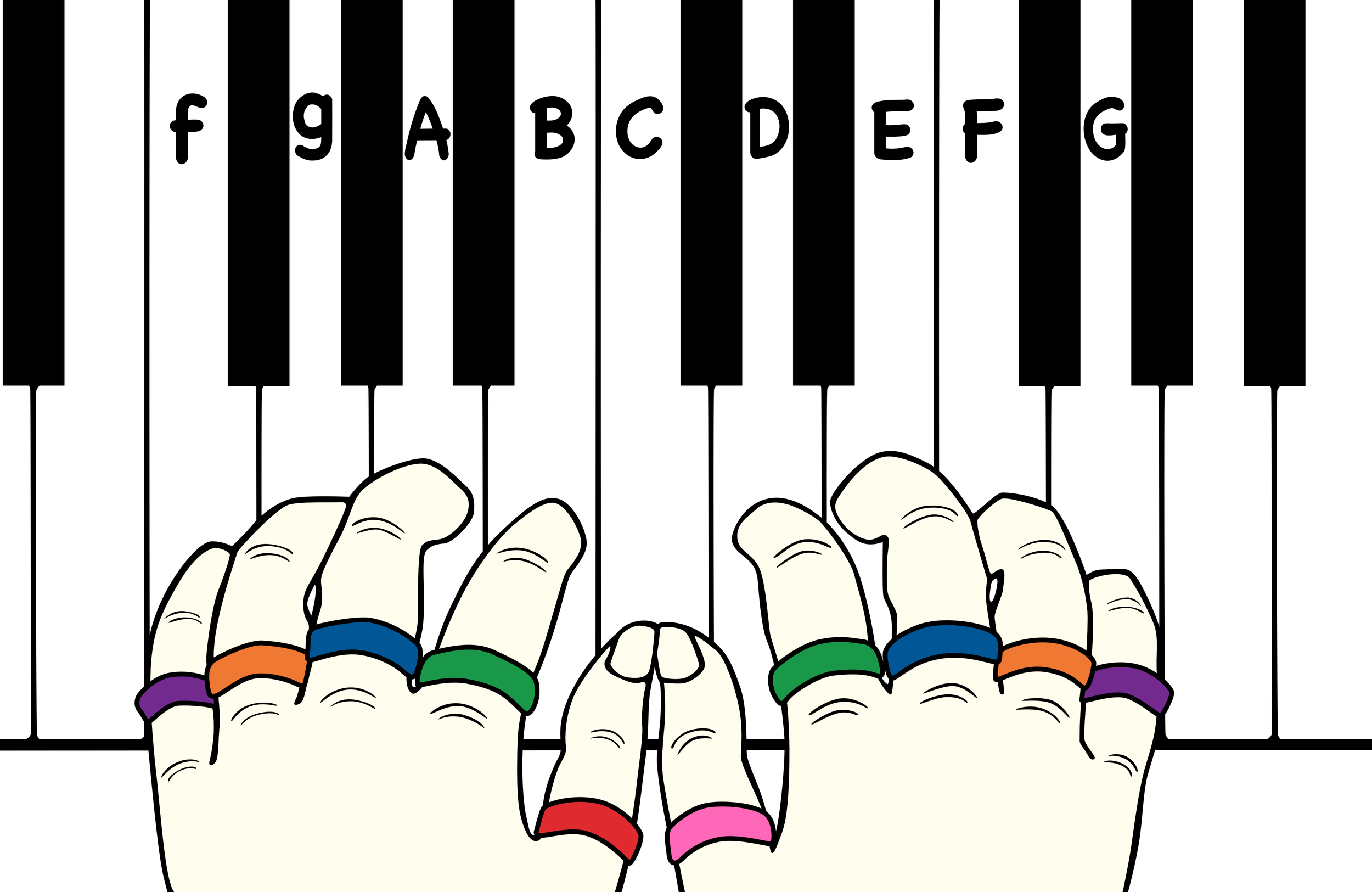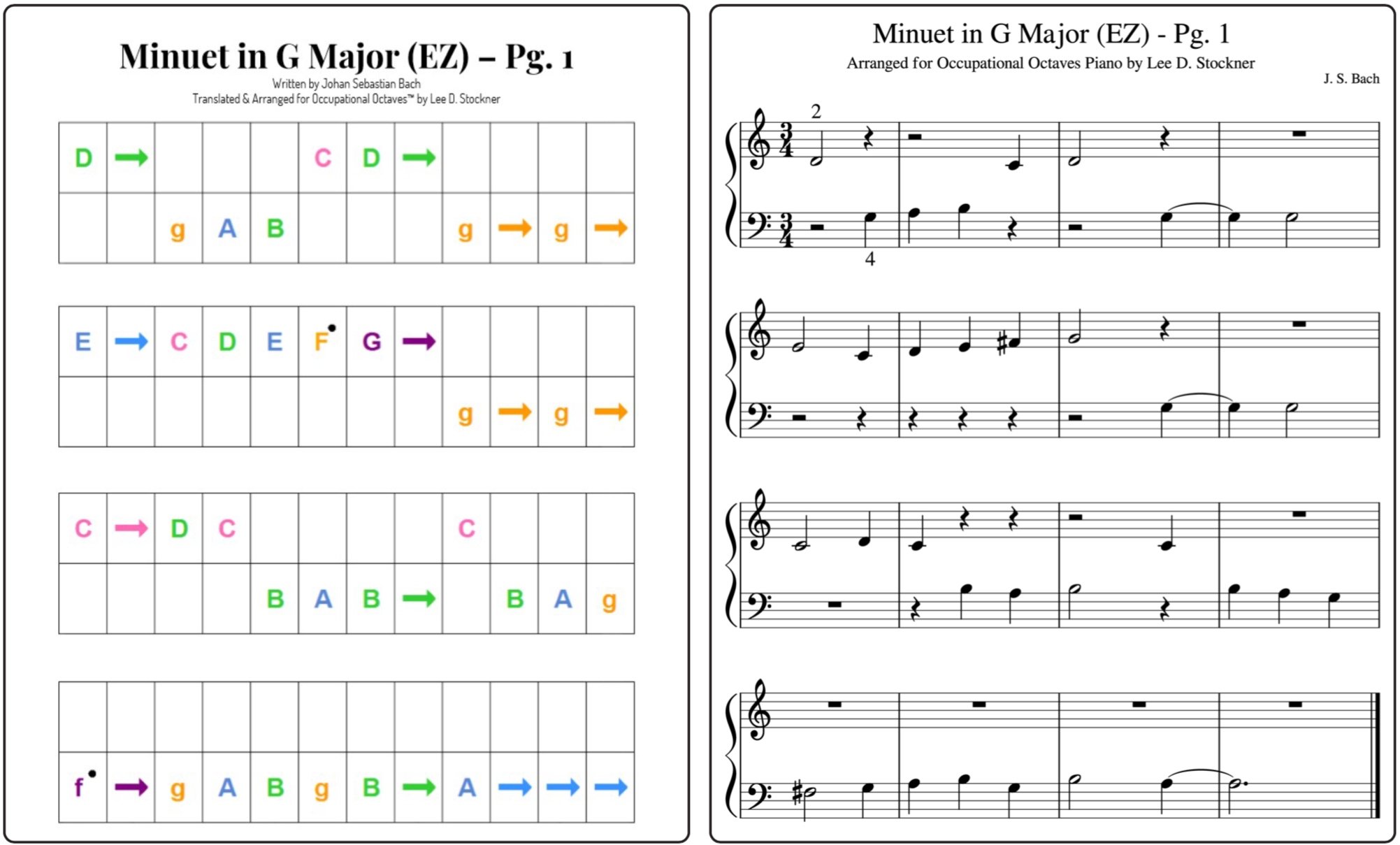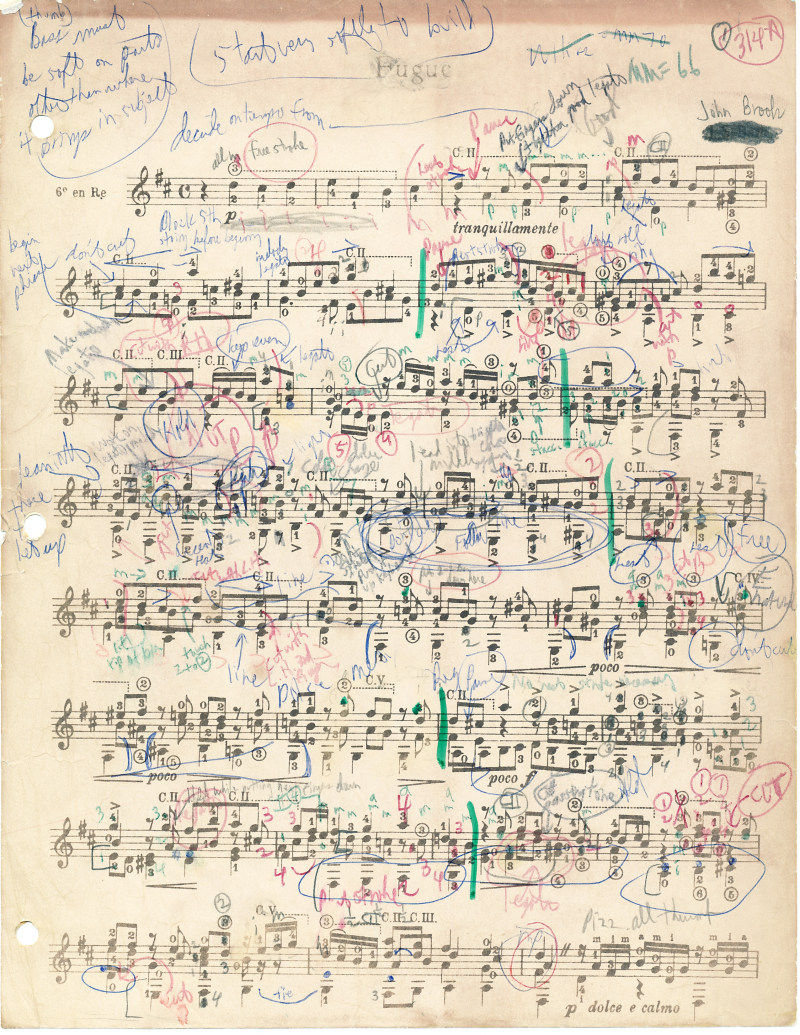
Our Approach
The Problem
When learning music, the various interconnected elements such as pitch, rhythm, and dynamics must be taught independently. The greatest challenge for teachers lies in both clarifying these individual components and weaving them into a unified whole. This delicate balance of breaking down details while fostering a broader understanding makes music education particularly complex, demanding both precision and a holistic perspective.
User-Friendly Notation
Learning traditional music notation is complex and challenging, with a long on-ramp that requires patience amid uncertainty and confusion. Our user-friendly notation ensures a successful first piano experience, offering thousands of classical, pop, and jazz songs in a simple format. As it becomes easier, students will transition to traditional notes and use what they’ve learned for the next step, "Visual Association."
Visual Association
When kids learn words like ‘happy’ or ‘sad,’ we may use happy or sad faces to teach the meaning. This works because the child already understands the concept before learning the word. This process is called “Visual Association”
:) = Happy
:( = Sad
The Stockner Method™ uses visual association but instead of faces and words, it’s user-friendly colored letters and traditional notes.








